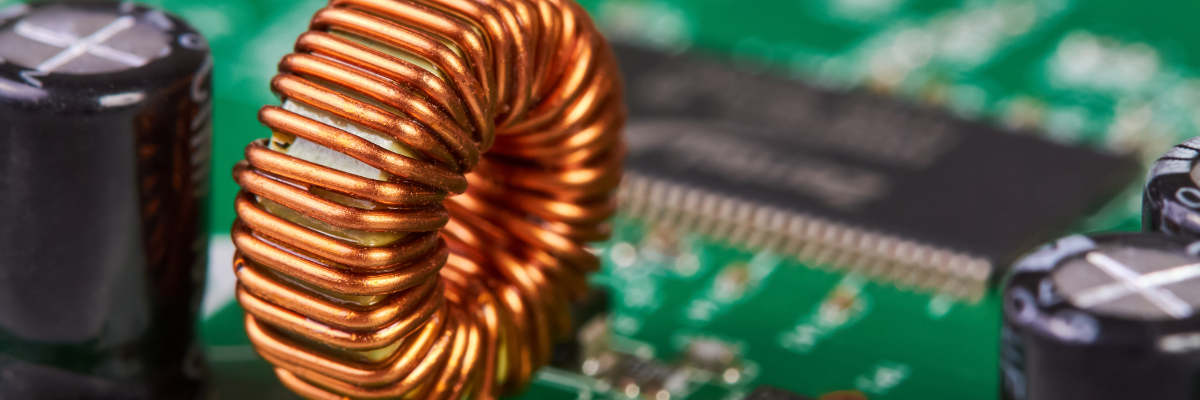Printed Wire Board (PWB) and Printed Circuit Board (PCB) are two commonly exchanged terms in the electronics industry. While both PWB and PCB are imperative elements in electronic devices, they differ in terms of characteristics and applications. This post gives you insights on the key differences between PWBs and PCBs, and thus helps you gain a better understanding of these essential components in the electronics industry.
Major Differences Between PWB and PCB
As simply defined, PWBs are an older form of circuitry that preceded the modern PCB, whereas PCBs represent a significant advancement in electronic manufacturing. The following are the key distinctions between these circuitries used in electronic devices,
- Structure: The main distinction between printed wiring boards (PWBs) and printed circuit boards (PCBs) lies in their structural design. PWBs comprise wires or conductive tracks directly imprinted onto a non-conductive substrate material such as fiberglass. They have a relatively straightforward design and construction, providing basic connectivity for electronic components. In contrast, PCBs possess a more intricate structure consisting of multiple layers of conductive copper tracks that are enclosed by insulating layers.
- Complexity: Printed circuit boards are typically considered as more complex compared to printed wiring boards. The multi-layered PCB designs help achieve denser configurations, thereby helping materialize sophisticated circuit designs. On the other hand, PWBs, with their simpler structure, are better suited for less complex circuits or applications where cost is a significant factor.
- Performance: PCBs possess well-planned and denser designs, which contribute to their superior performance in comparison to PWBs. PCBs have the ability to support high speeds, frequencies, and advanced signal integrity features. On the other hand, PWBs can still function effectively but may be more susceptible to signal interference and have limitations when it comes to handling higher frequencies.
- Manufacturing Process: The manufacturing processes for printed wiring boards and printed circuit boards also differ significantly. PWBs are produced using a simplified printing technique where the conductive wires are directly printed onto the substrate. In contrast, PCBs undergo multiple processes including etching, drilling, and laminating multiple layers of conductive and insulating materials.
- Cost: Printed Wiring Boards are known for their cost-effectiveness when compared to Printed Circuit Boards. The simplified manufacturing process and less intricate designs of PWBs contribute to their lower production costs. On the other hand, PCBs, boasting advanced capabilities and complex structures, demand more sophisticated manufacturing techniques, resulting in higher overall costs.
Although Printed Wire Board (PWB) and Printed Circuit Board (PCB) both serve as core components in electronic devices, they differ significantly in terms of structure, manufacturing process, complexity, performance, and cost. Hence, choosing between PWB and PCB will ultimately depend on the specific requirements of your application, including the desired circuit complexity, performance expectations, and budget limitations. In situations where you may find yourself unsure about which option to choose, it is advisable to seek guidance from a reputable circuit board assembly services such as Rigiflex. These industry-leading experts possess the knowledge and expertise necessary to assist you in making the right decision for your unique needs.

